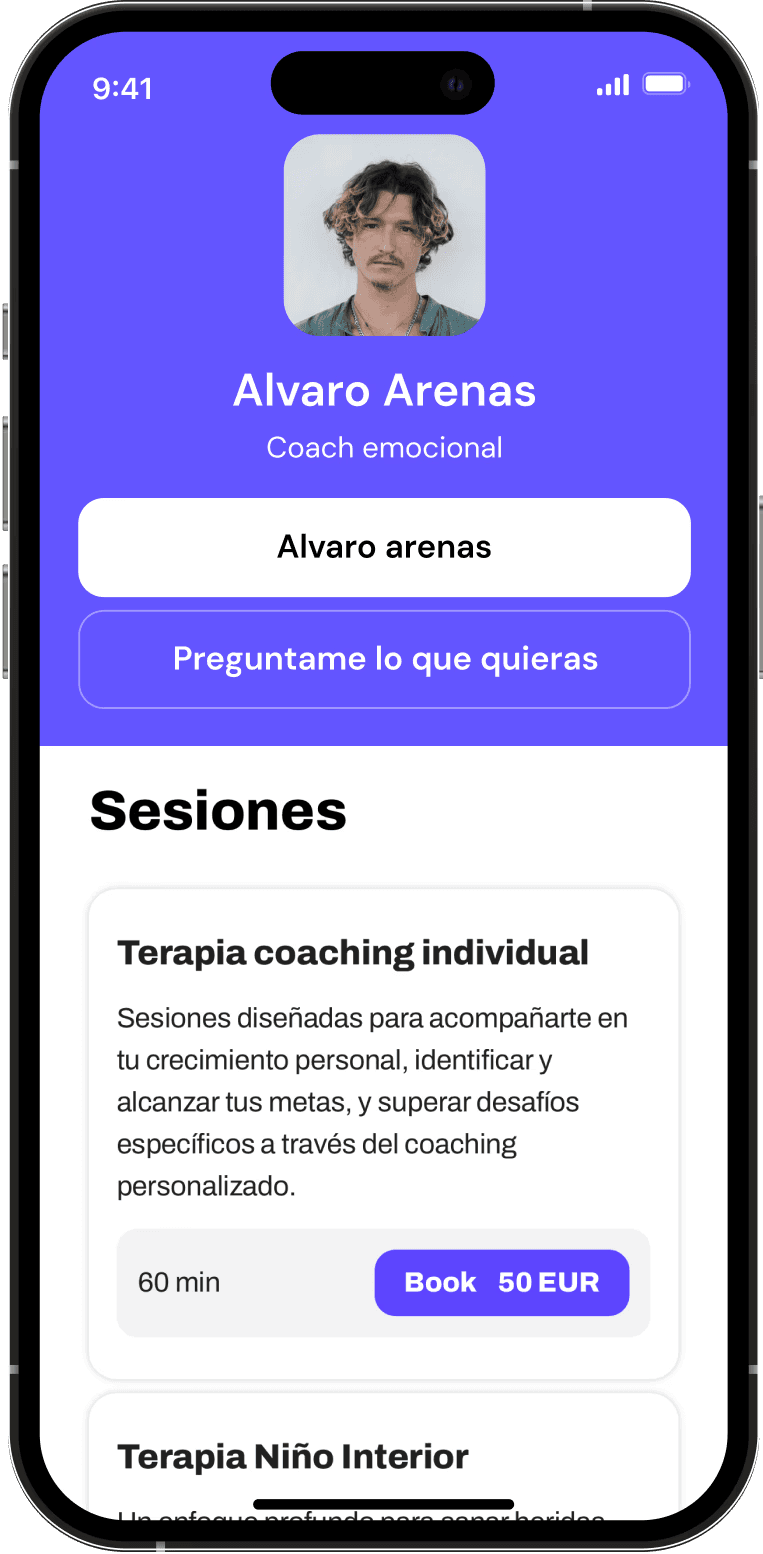The Future of Patient Appointment Systems
4 nov 2024

However, achieving optimal scheduling can be challenging. It requires balancing patient demand with available healthcare resources.
This article aims to provide actionable strategies for optimizing patient appointment scheduling. It covers a range of topics from leveraging technology to managing walk-ins and emergency requests.
Whether you're a healthcare administrator, clinic manager, or a healthcare IT professional, these insights can help streamline your medical scheduling processes. The goal is to reduce wait times, improve patient satisfaction, and enhance overall efficiency.
So, let's delve into the world of healthcare scheduling. Let's explore how to make it more efficient, patient-friendly, and beneficial for your healthcare organization.
The Importance of Efficient Scheduling in Healthcare
Efficient scheduling is the backbone of effective healthcare delivery. It minimizes patient wait times and significantly boosts satisfaction. A smooth scheduling process ensures that clinics operate at peak efficiency, maximizing the use of available resources.
Moreover, well-structured scheduling can reduce no-show rates, which can be costly for healthcare providers. By streamlining appointment bookings, clinics can better accommodate patient needs and manage their time effectively. This leads to improved patient outcomes and a more harmonious healthcare environment. Ultimately, efficient scheduling creates a win-win situation for both patients and healthcare providers.
Balancing Patient Demand with Healthcare Resources
Balancing patient demand with available resources requires careful planning and assessment. Clinics need to match appointment slots with provider availability. This ensures that healthcare professionals are neither overworked nor underutilized.
To achieve balance, consider the following strategies:
Analyze historical data to forecast demand and adjust schedules accordingly.
Implement flexible hours to accommodate peak times.
Regularly review and adjust schedules based on patient feedback and changing needs.
By aligning patient demand with resource availability, healthcare organizations can enhance care delivery and improve patient satisfaction. This approach also helps in reducing burnout among healthcare staff and maintaining a stable workflow.
Leveraging Technology for Advanced Medical Scheduling
Technology plays a vital role in transforming medical scheduling. Digital tools streamline processes, making scheduling more efficient. Software solutions can automate appointments, reducing the manual workload for administrative staff.
Predictive analytics helps in anticipating appointment demands, allowing for better scheduling adjustments. Electronic health records (EHR) integration ensures that patient information is accurate and readily available. This integration fosters seamless communication between healthcare providers and patients.
Adopting online portals allows patients to book, change, or cancel appointments at their convenience. These technological advancements not only enhance operational efficiency but also improve patient satisfaction by providing flexibility and reducing wait times.
Analyzing Patient Flow to Optimize Scheduling
Understanding patient flow is key to refining scheduling strategies. It's essential to identify where bottlenecks occur during the appointment process. By doing so, clinics can uncover inefficiencies and implement targeted improvements.
Regular analysis helps in assessing patient arrival trends and peak times. Insights gained from this analysis allow for more adaptive scheduling, reducing wait times and enhancing patient experiences. Healthcare facilities that prioritize patient flow analysis often report higher satisfaction ratings and increased operational efficiency. By staying proactive, clinics can continuously refine their scheduling practices for optimal patient care.
Implementing Online Scheduling Tools for Convenience
Online scheduling tools have revolutionized patient appointment management. They offer patients the flexibility to book appointments at their convenience. This ease of access minimizes administrative workload and enhances patient satisfaction. Online platforms also facilitate real-time updates to reduce errors.
Key benefits of online scheduling include:
Allows patients to book, change, or cancel appointments anytime.
Reduces phone traffic, freeing up staff for other tasks.
Provides automated confirmations and reminders to reduce no-shows.
Adopting online scheduling tools not only modernizes medical operations but also streamlines the entire scheduling process. With these digital platforms, healthcare providers can focus more on delivering quality care and less on the logistical challenges of scheduling.
Training Staff on New Scheduling Protocols
Training healthcare staff on new scheduling systems is crucial for smooth implementation. Proper training ensures everyone is comfortable with the new protocols, enhancing efficiency. A well-informed team reduces scheduling errors, ultimately improving patient satisfaction.
Comprehensive training programs should cover system functionalities and best practices for handling patient data. This training enables staff to utilize tools effectively and adapt to changes smoothly. Ongoing education also helps staff stay updated on technological advancements and changes in scheduling methodologies. Investing in staff training pays off with a more efficient and patient-friendly scheduling process.
Managing Walk-Ins and Emergency Requests
Effectively handling walk-ins and emergencies is vital for any healthcare facility. Establishing clear protocols allows staff to accommodate unscheduled visits without disrupting scheduled appointments. Balancing these unplanned requests ensures that urgent cases receive the attention they need while maintaining overall clinic efficiency.
Effective Communication and Appointment Reminders
Clear communication enhances patient appointment scheduling efficiency. Patients must understand scheduling policies and expectations. This clarity reduces confusion and ensures smoother interactions.
Implementing appointment reminders is crucial in minimizing no-show rates. Such reminders can be sent via multiple channels, including:
Phone calls
Text messages
Emails
These reminders not only reduce no-shows but also boost patient satisfaction. Keeping patients informed about their appointments fosters trust and encourages punctuality. Improving communication strategies ensures patients feel valued and increases the likelihood of timely visits.
Utilizing Telemedicine as a Scheduling Alternative
Telemedicine offers flexible scheduling options for both patients and providers. It reduces the need for in-person visits, making healthcare more accessible. Incorporating virtual appointments into your scheduling strategy can alleviate clinic congestion and provide care options for patients in remote locations or with mobility issues.
Ensuring Privacy and Compliance in Scheduling
Protecting patient privacy during scheduling is essential. Adhering to HIPAA regulations ensures data remains secure. Integrating robust security measures in scheduling software protects sensitive information, enhancing trust between patients and providers. Always keep patient confidentiality in mind when setting appointments or communicating scheduling details.
Conclusion: Continuous Improvement in Scheduling Strategies
Optimizing patient appointment scheduling is an ongoing journey. Healthcare environments continually evolve, requiring adaptable and forward-thinking scheduling strategies. Continuous improvement ensures healthcare facilities meet patient needs while efficiently managing resources.
Regularly assessing and refining scheduling processes can lead to significant improvements. Embrace technological advancements and staff training to boost efficiency. Listening to patient feedback provides valuable insights for further enhancements. By prioritizing these elements, healthcare providers can better serve their communities and improve overall patient satisfaction.



